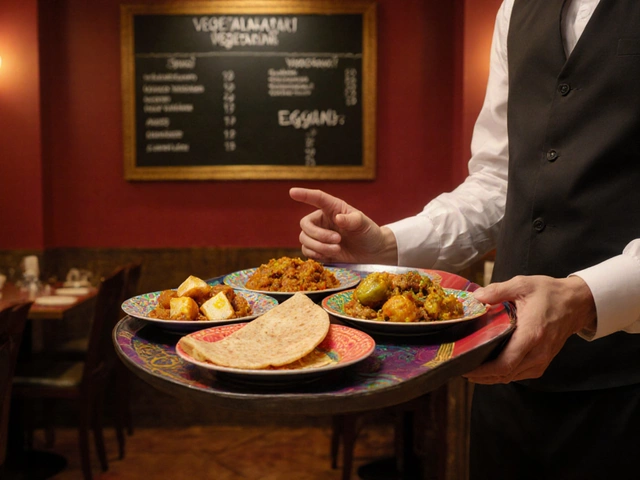Small Space Garden Tips for Tiny Balconies, Patios, and Indoor Corners
Got a balcony that looks more like a shoe box? Or a sunny window that’s just big enough for a few herbs? You don’t need acres to grow a garden that feels rewarding. With the right plan, containers, and a touch of vertical thinking, you can turn any cramped spot into a green oasis.
Plan Your Layout Like a Puzzle
The first step is to look at the space you have. Measure the width, depth, and height, then sketch a quick layout. Think about where the sun hits most of the day—most veggies love 4‑6 hours of direct light. Place taller pots or trellises on the sunniest side, and keep lower‑growth herbs in the shade. A simple L‑shaped arrangement on a balcony railing can free up floor space for a small table or seating.
Go Vertical: Walls, Racks, and Hanging Baskets
Vertical gardening is the secret weapon for tiny areas. Use a sturdy wall‑mounted rack, a hanging shoe organizer, or even repurposed pallets. Plant lettuce, strawberries, or trailing herbs in each pocket. Hanging baskets work great for nasturtiums or small tomatoes that love to cascade. The upside is you get more planting area without crowding the floor, and it adds visual interest.
When you pick containers, choose lightweight ones with drainage holes. Fabric pots are cheap, breathable, and easy to move around. If you’re worried about space, opt for stackable stack‑able planters—these let you grow lettuce on the bottom, herbs in the middle, and a dwarf pepper on top.
Soil matters even in a small garden. Use a high‑quality potting mix instead of garden soil; it drains better and holds the right amount of moisture. Add a handful of compost or worm castings to each pot for nutrients. For heavy soil that feels compact, mix in perlite or coarse sand—this keeps roots from getting suffocated.
Watering can be the trickiest part of a small garden. Because pots dry out faster than ground soil, check moisture daily. Stick a finger 2‑3 cm into the mix; if it feels dry, water until it drips from the bottom. To save water, set up a mini drip‑irrigation line with a timer. It’s cheap, reduces waste, and ensures every plant gets the right amount of water.
Don’t forget about fertilizer. A slow‑release granule mixed into the potting mix works for most veggies. For quick boosts, a dilute liquid fertilizer every two weeks keeps growth steady without over‑feeding.
If you’re limited on sunlight, consider grow lights. LED panels mounted on a shelf can give your herbs the extra 2‑3 hours of light they need. Keep the lights 12‑18 inches above the plants and run them for 12‑14 hours a day.
Finally, pest control in a small space is easier than you think. A quick spray of neem oil or a shake of cayenne pepper powder can keep aphids at bay. Since you’re close to your garden, you’ll spot problems early and fix them before they spread.
With a little planning, vertical tricks, and smart watering, your small space garden can produce fresh lettuce, herbs, and even dwarf tomatoes. It’s proof that size doesn’t limit flavor. So grab a few containers, start planting, and watch your tiny garden thrive.
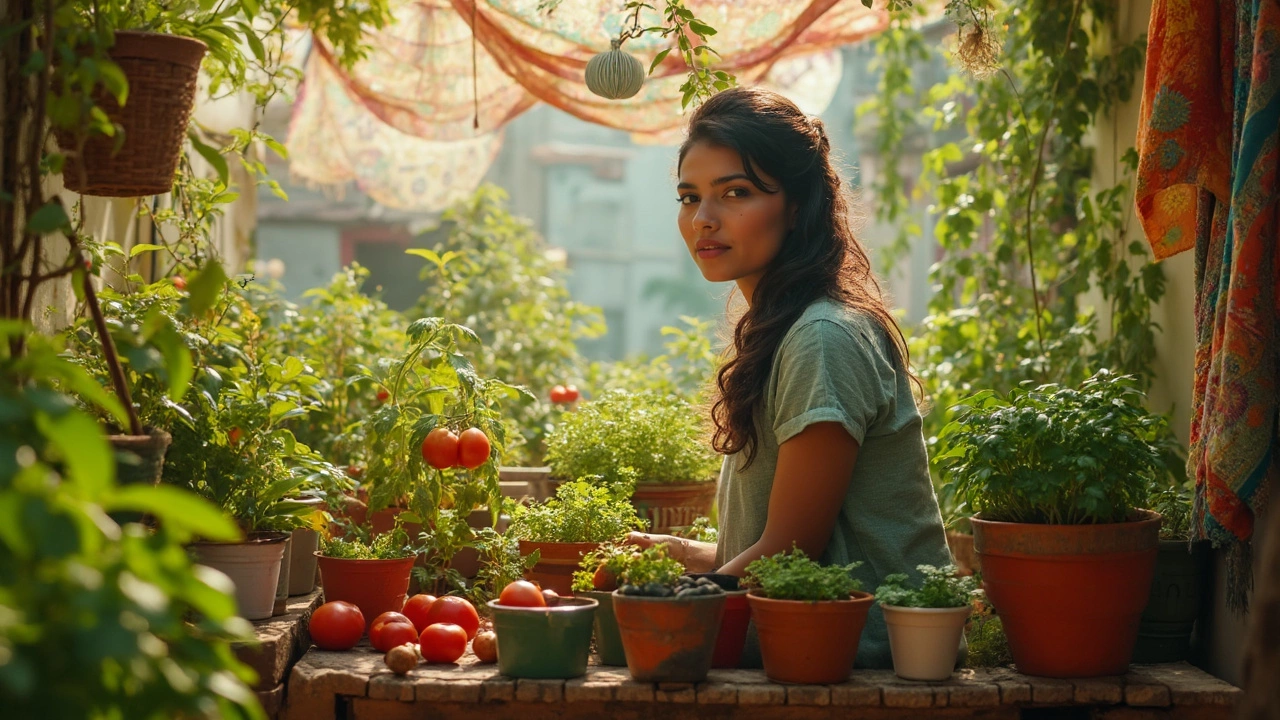
Best Fruit and Veg to Grow on a Balcony: Easy Choices for Fresh Harvests
Thinking about turning your balcony into a mini farm? This article shares the easiest and most rewarding fruit and vegetables you can grow in small spaces. Learn which plants thrive on balconies, how to pick the right ones for your conditions, and discover clever ways to get the most out of every inch. Plus, find beginner-friendly tips that actually work in city living. No yard needed—just sun, pots, and a bit of patience.
About
Balcony Gardening
Latest Posts
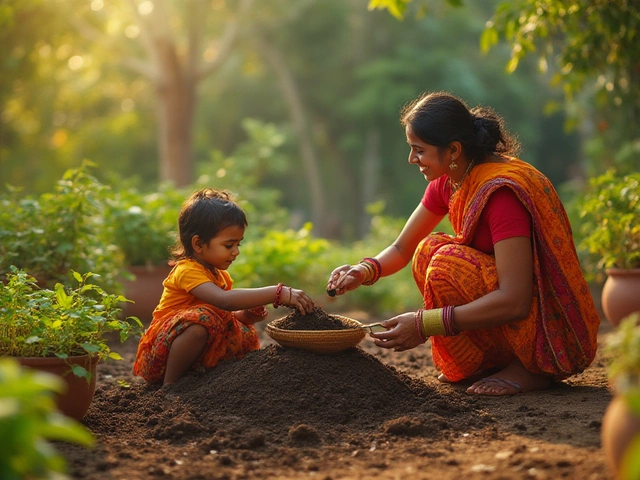
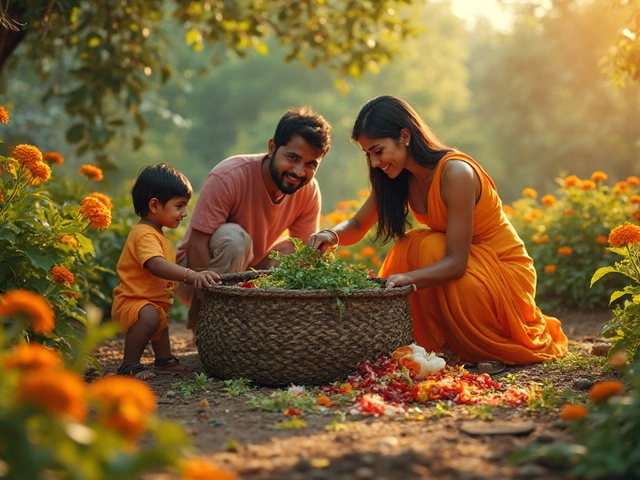
What Not to Put in Compost: Essential Guide for Safe and Healthy Homemade Composting
By Alden Thorne Jun 23, 2025
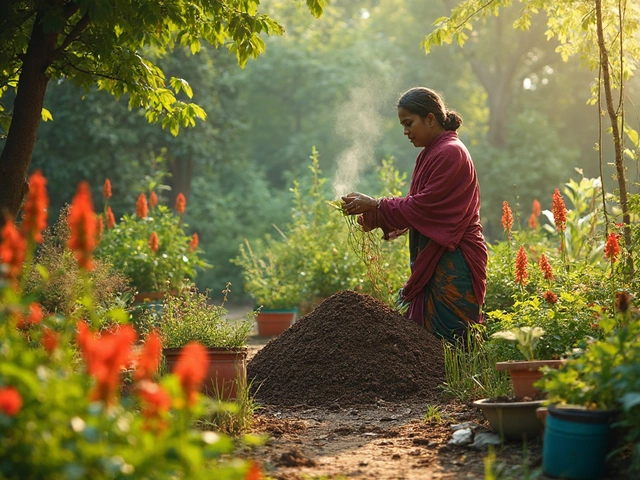
How to Make Your Own Cheap Soil for Gardening
By Alden Thorne Apr 11, 2025
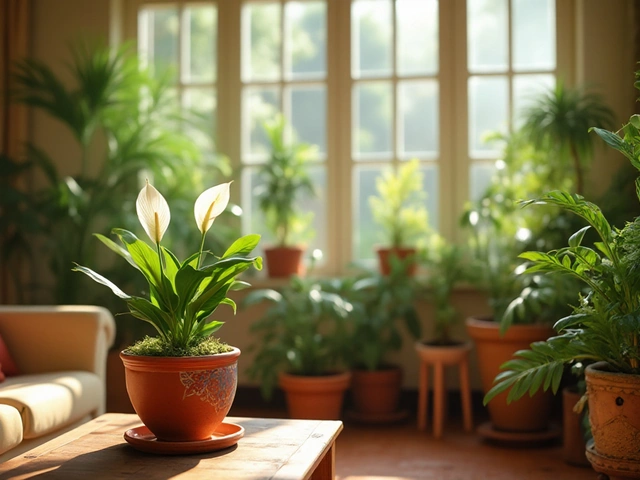
Top Air-Purifying Houseplants for a Healthier Home
By Alden Thorne Jan 3, 2025
